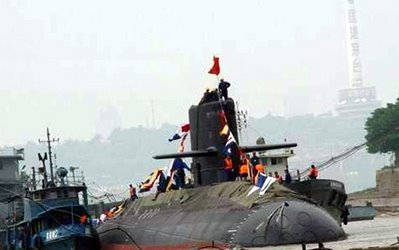Let the students pull the cart
During my time as a graduate student at both King's College London and the University of Copenhagen, I always was a bit puzzled why established academians wouldn't utilise the vast resource of student brainpower and work-eagerness that was tappable, right at their feet.
Usually, when you are a student, you choose courses on what you think is either a)interesting or b) can be beneficial to your future. This in turn means that in institutions with a high number of focused and bright students (KCL fitting the description best of the institutions I frequented), you will have a mass of devoted brains gathering around a subject that the professor is often himself deeply interested in.
Why not, more often, solicit papers to some or all of the students, to further your own research? Why not put a class of eager students in front of your own cart and let them pull you a bit, while showing them that their work is used for something other than just grading, and then - degrading in your basement till you have to move house at some point.
The Strauss Center at the Lyndon B. Johnson School of Public Affairs has done just that. Putting a number of MA students in a class and letting them research for an excellent report on the Hormuz Strait and it's strategic implications for oil flows out of the Gulf.
As a general introduction, with spats of in-depth analysis - it is a perfect example of open source collaboration. If I ever get a fat university position, I'd like to work with students in this way.



